Trash Cans as Art

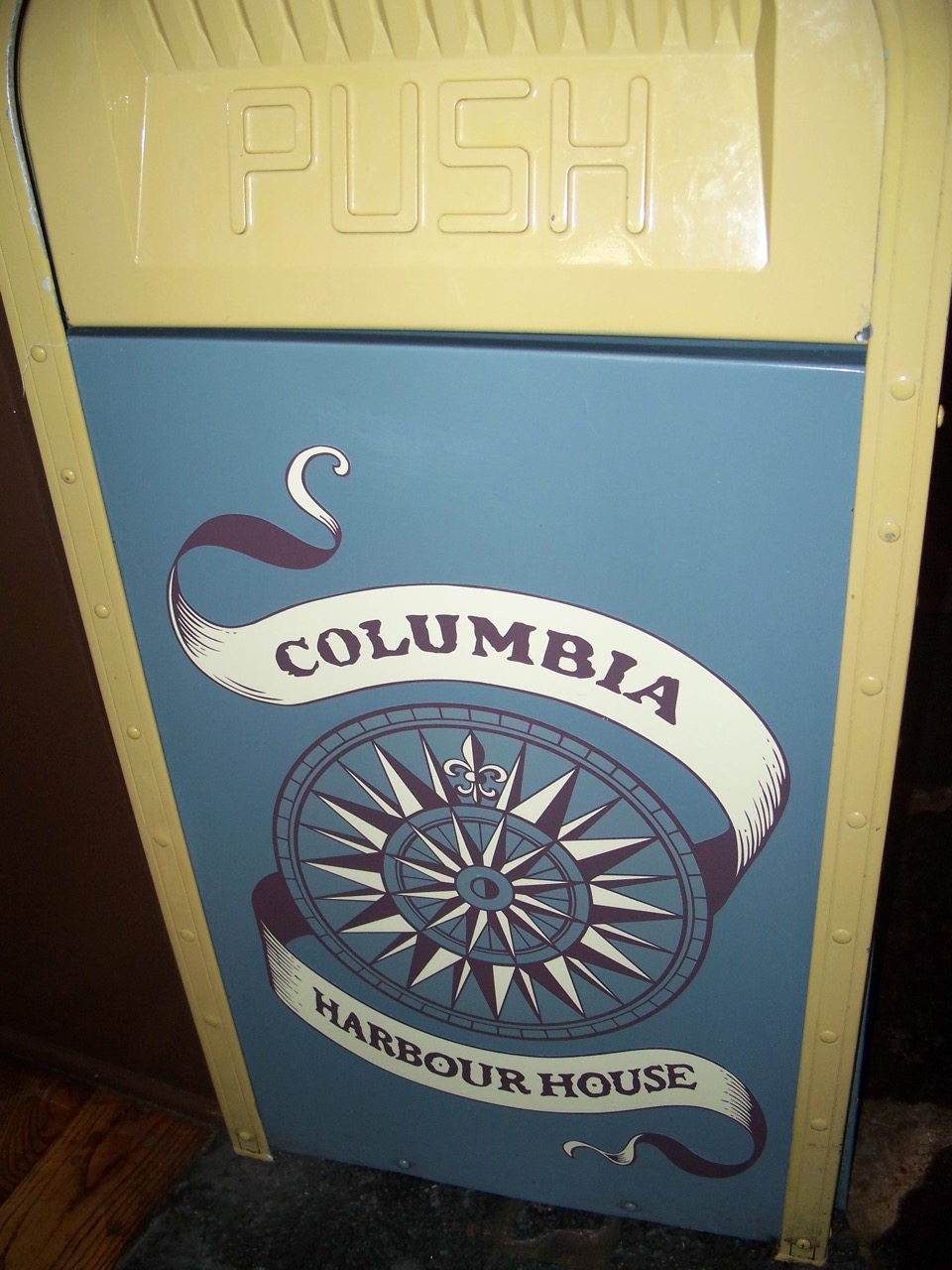
The last couple of posts have dealt with issues of how Disney creates a setting that is clear and enjoyed by guests. I thought we might do a follow up article on Disney trash receptacles. Early on, I had heard that Disney has determined that they set trash receptacles no further than 20 paces from each other. The reasoning is that a guest will only go so many feet before they will simply dump the trash they are seeking to deposit.
In truth, there is no hard and fast rule about how many paces. The number of paces actually vary depending on the position in the park. On Main Street U.S.A. you would be hard pressed to take more than 20 steps before finding a trash receptacle. Conversely, you could be on the outskirts of the park and walk well more than 20 paces. It simply varies depending on a number of factors such as the volume of guests, location to food and beverage counters/kiosks, and visibility.
What is known and is true that the location is actually determined in advance of opening a new area of the park. There is thought given in advance of construction as to where a trash receptacle will sit. There is even a blueprint page set aside simply for the placement of receptacles. Of course, that’s simply the plan. Operations have free reign to move the receptacle where they need to place it.
The other thing that’s sort of cool about trash receptacles can be their artistic design. In the early days of Disneyland and Walt Disney World, trash receptacles were painted using silk screening processes, which was also the way that attraction posters were created. That process, somewhat archaic now, involved adding or printing one layer of paint on the can at a time until all layers were added. There was even a special rotary device created that allowed Central Shops at Walt Disney World to rotate the can as it went through the silk screening process.
The process of painting became so expensive that park operations began questioning whether a trash receptacle painted should be as expensive as a gallery portrait purchased in mid-town Manhattan. In one of those moves to the other end of the spectrum, some trash receptacles started having a one-color/tone look. Then locations like World Showcase started adding emblems–in this case a compass–to the receptacle so it had some distinction.
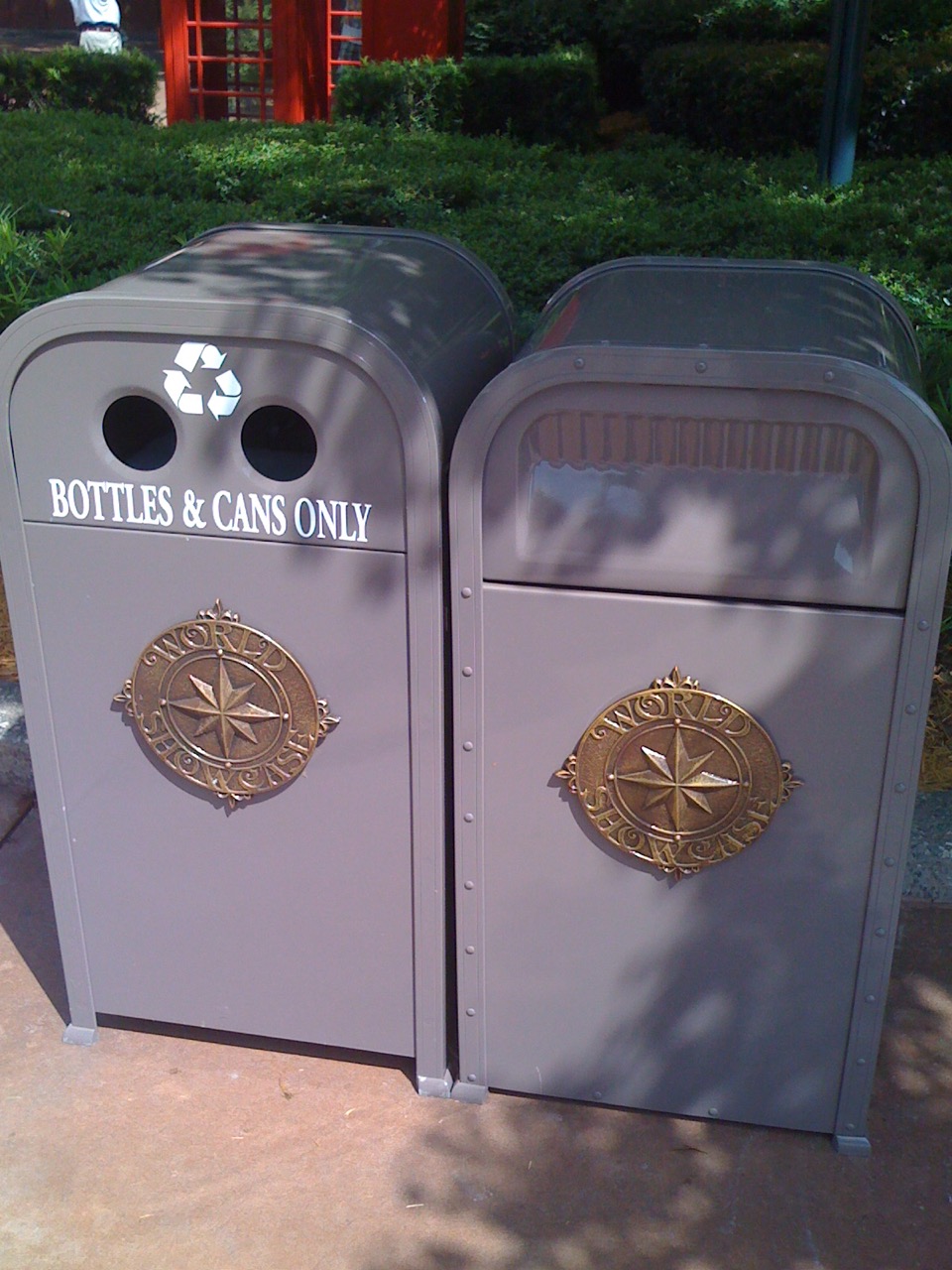
Now depending on where you are on property, you can see some very detailed cans, while others may be fairly simple. Hong Kong Disneyland–often criticized as being built on the cheap–have some fairly elaborate receptacles. I thought we would showcase those for you below:









Some might argue, do you really want to dress up a trash receptacle so well that it would call undue attention to itself? The advantage to that is that people know where the trash receptacle is. The downside is that it becomes the focus. In a highly themed environment, do you want to draw focus to the trash receptacle, or let it simply serve more of a functional role, not ugly, but not drawn out? It’s a topic discussed frequently by Imagineers and park operators. However you side on the matter, one thing is for sure: People do put their trash in it.



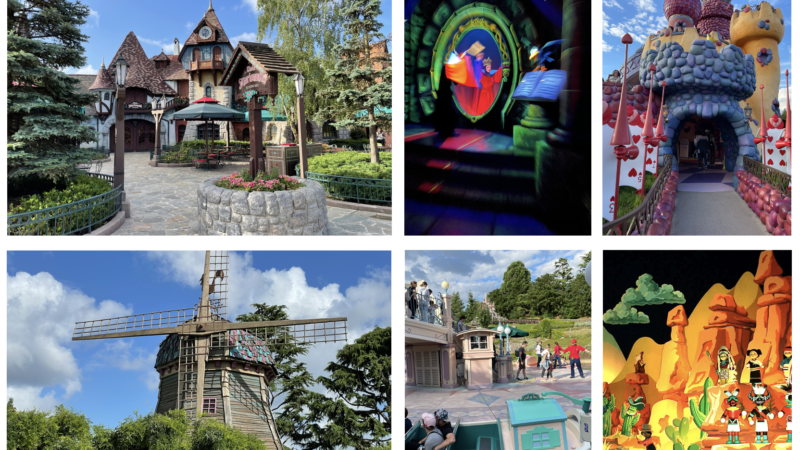
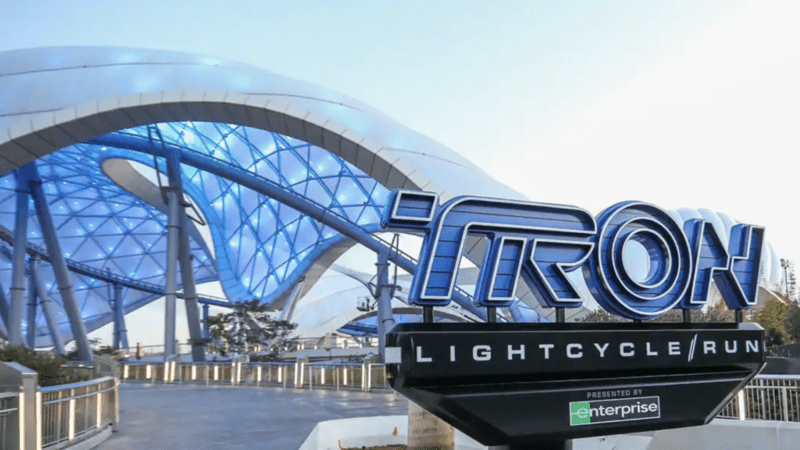
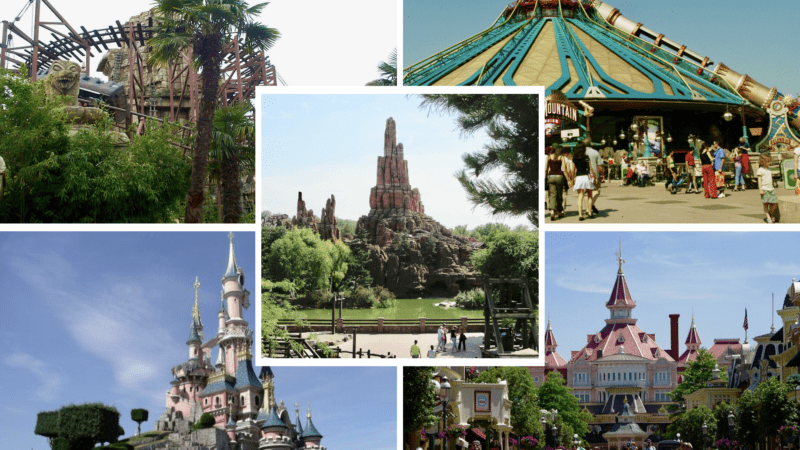
I love Disney trashcan art! They make for excellent and often subtle Disney themed backgrounds. Especially perfect for me phone 🙂